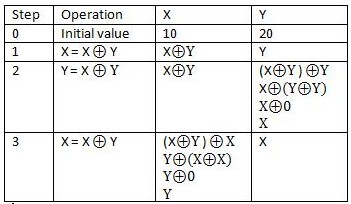Currently Scrum is the most popular Agile framework and many teams are willingly or forcefully adopting it. Since Scrum does not work like a magic tonic and cure all problems, sometimes it can create problems by making everything transparent. Another challenge for adopting scrum is the readiness of the team members or management.
In Bangladesh or any other country in the subcontinent, adopting scrum is a big challenge as we struggle with self managed team concept. we love to follow people rather than taking the lead. we are not aware of our potentials and capabilities. As a result we lack in self esteem and motivations.
If you are planning to adopt scrum at your organization, the following suggestions might be very helpful.
Step 1:
- Management (CEO, CTO, Directors, Investors etc) must have clear idea about scrum
- Learn from Agile/Scrum professionals rather than own intuition
Step 2:
- Start with a small team as pilot project
- Train the team about scrum paradigm
Step 3:
- Give team time to understand scrum and try to motivate them to be self managed. As a nation, we are not used to with self management properly.
- Do not force them to start immediately
Step 4:
- Run a test or small project for first time
- Get help from experts during the first few iterations
Step 5:
- Measure teams output with expected results
- Try to find out where team is struggling and fix those
Step 6:
- Keep patience during the whole transformation
- It can take few weeks to few months for a team to adopt
Step 7:
- Once the team outputs the expected result, try to repeat it for other teams
- It can work as a base for others
Step 8:
- Always plan, execute and adopt. Do not assume that team understood scrum properly and no need to invest time on study
- Empower team members, give them opportunity to understand themselves
Step 9:
- Keep a budget for whole transformation
- You might not get an immediate result during the whole transformation process
Note: these steps might not match with your company structures and flow, so please inspect and adapt 🙂


